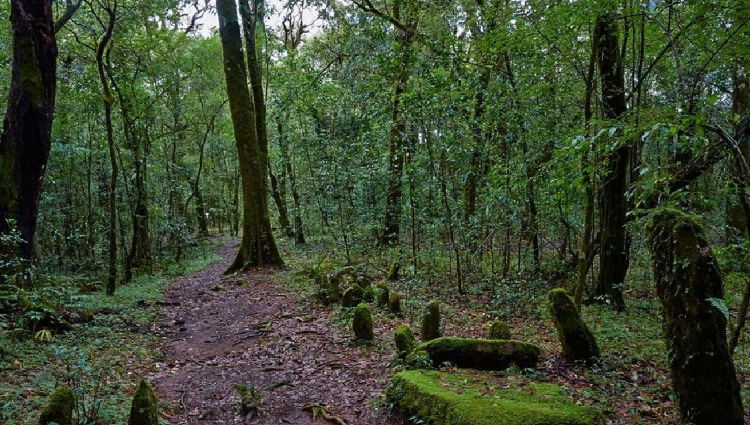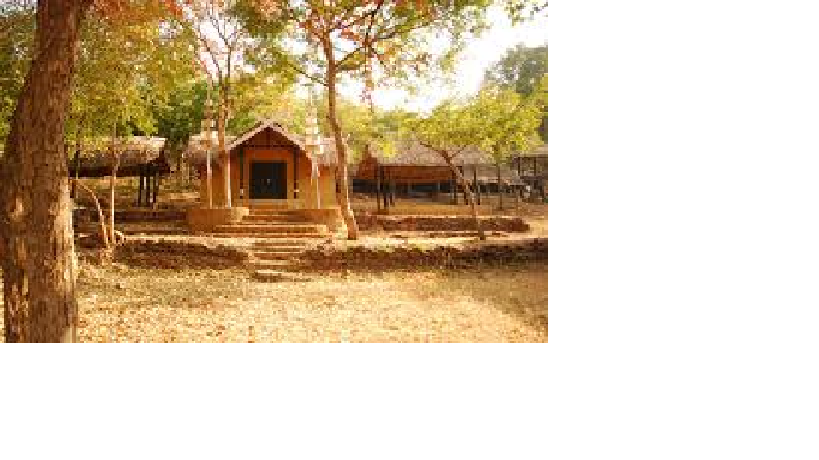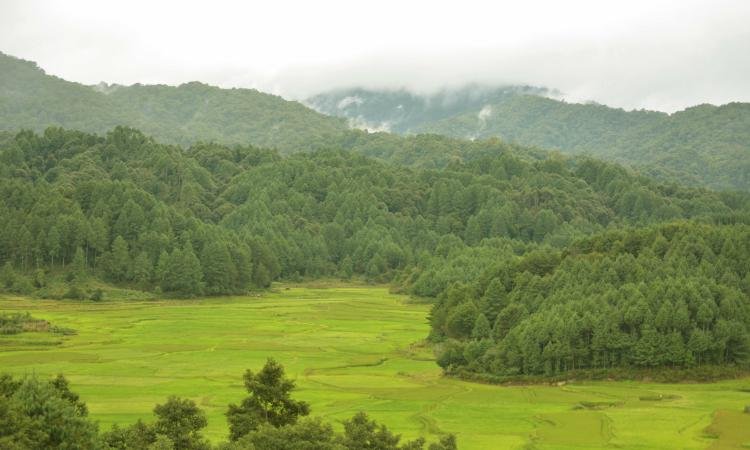Significance of Sacred Groves in Conservation of Nature
Sacred groves are forest stretches or natural habitats of varying sizes, which are usually protected by the local communities and form a significant part of the India’s floral and faunal diversity. These groves are generally associated with temples, monasteries or shrines and are considered sacrosanct. The areas under these forests are often dedicated to a local deity and hence the local communities take the responsibility and ownership of protecting these areas.







